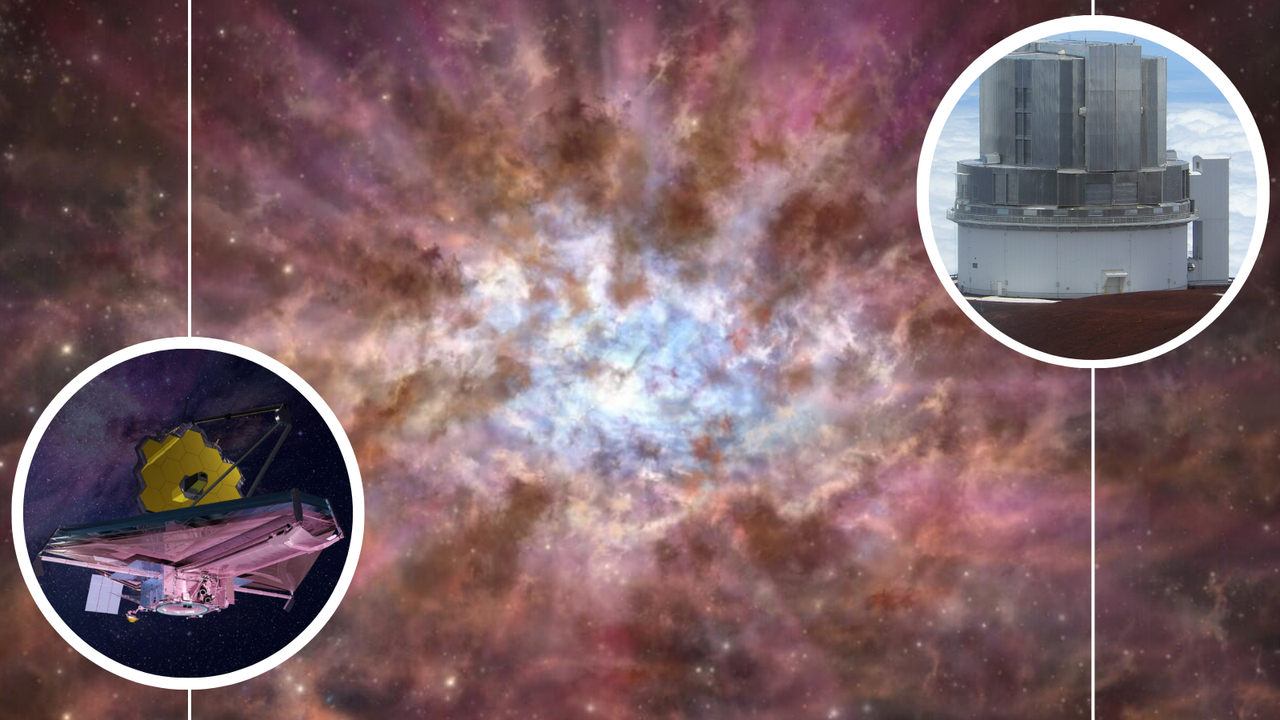Now Reading: Study Reveals Solar Flares Are Much Hotter Than Previously Estimated
-
01
Study Reveals Solar Flares Are Much Hotter Than Previously Estimated
Study Reveals Solar Flares Are Much Hotter Than Previously Estimated

Speedy Summary
- event: Teh strongest solar flare of 2025 erupted, causing radio blackouts across Europe, Asia, and the Middle East.
- New Research Findings: Solar flare particles reach temperatures of over 108 million degrees Fahrenheit (60 million degrees Celsius), which is six times higher than earlier estimates.
- Lead Scientist: Alexander Russell of the University of St. Andrews suggests this temperature disparity is a global phenomenon seen in other plasma environments but newly connected to solar flares.
- Scientific Discovery: A long-standing astrophysics mystery concerning broader-than-predicted spectral lines in solar flares may be explained by these extreme particle temperatures rather than turbulence in the sun’s plasma.
- Implications: Revising space weather models to consider these findings could enhance predictions for solar events and offer better protective measures for satellites, airlines, and astronauts.
Indian Opinion Analysis
The revealed extreme temperatures within solar flares mark a significant leap in understanding space weather dynamics. For india-a nation with growing dependence on satellites for dialogue, navigation, and agriculture-better predictive models could mitigate risks associated with severe geomagnetic storms. Improved forecasting methods inspired by this research may enhance disaster preparedness for critical sectors such as aviation and defense.
Furthermore, India’s aspiring plans for human space exploration through programs like Gaganyaan necessitate intensified efforts to safeguard astronauts from heightened radiation levels during such events. Advanced collaboration in astrophysical modeling between indian scientific institutions and global counterparts would support bolstering national infrastructure against space-weather-related disruptions.
Read More: Space.com
























